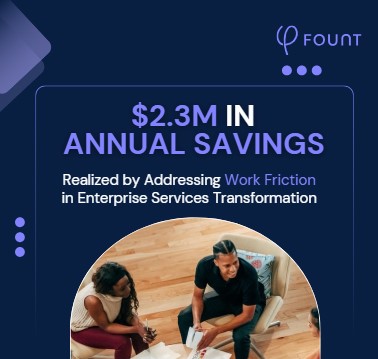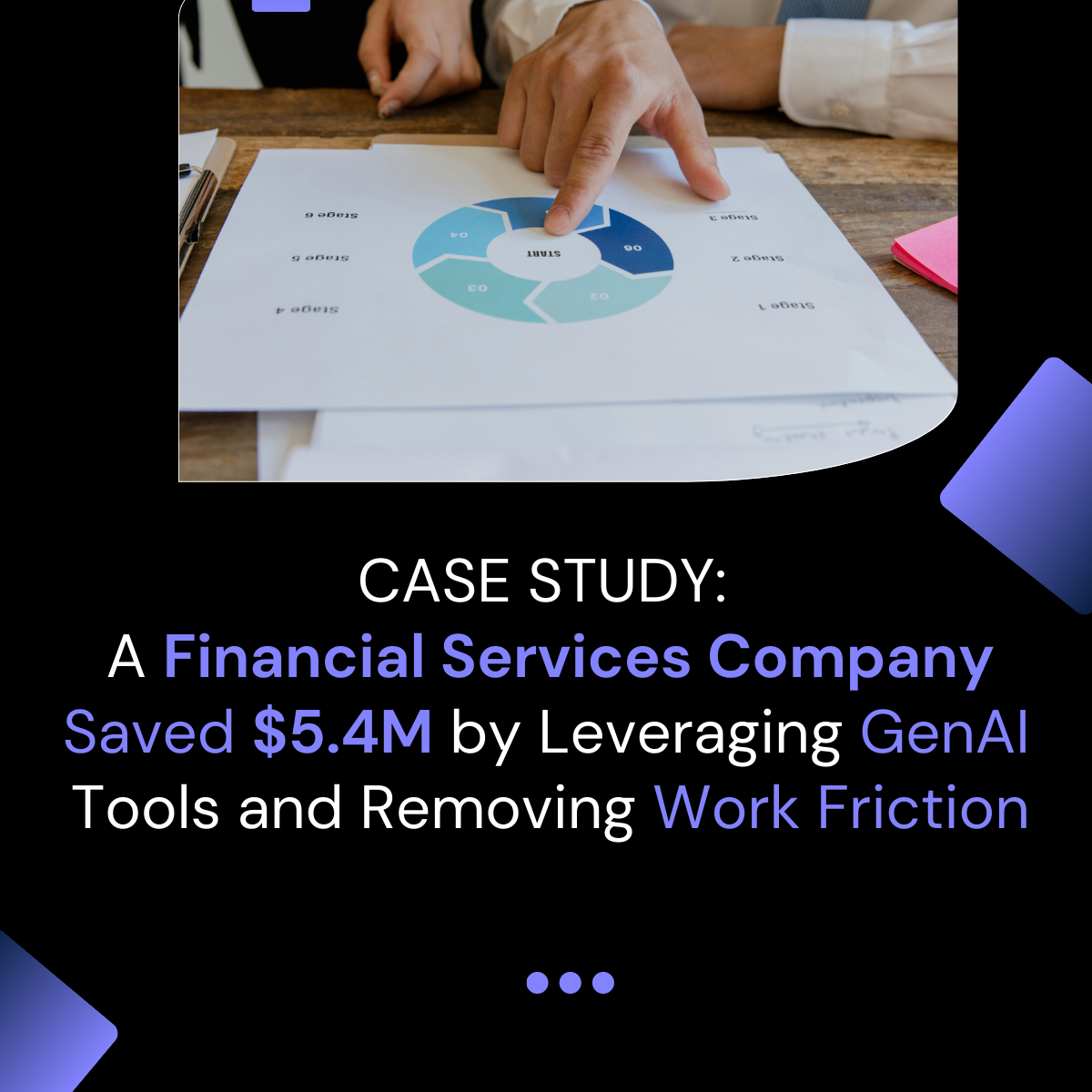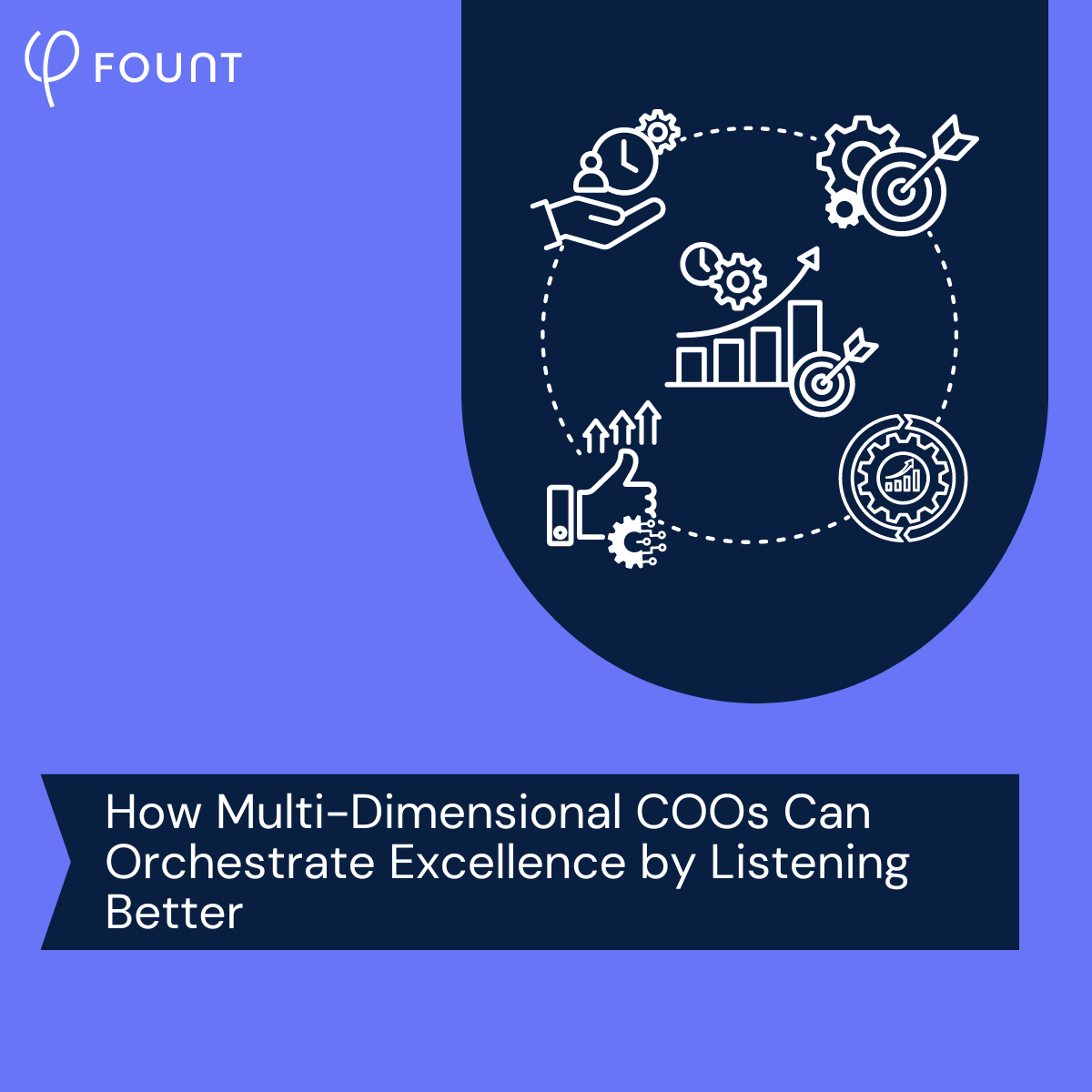Go alone or go together?
A summary of the details of the article will go here.
This guest post from Stephanie Denino, Director of Applied EX at TI People, originally appeared on LinkedIn. Read why this EX practitioner who has been in the field from the very beginning is so inspired.
When I entered the emerging field of Employee Experience (EX) in 2016, I instantly found it inspirational. There’s an energy about this space… it’s about pushing boundaries in new ways to get to better outcomes than ever before, for individuals and the companies they work for. What’s not to love about that?!
In my time doing this work, I’ve seen the full range of interest in the topic – from a company’s most junior employees to its most senior leaders who want to lean it to make work better for everyone.
But as I’ve learned, being committed and inspired to improve EX is one thing; knowing how to go about making real impact through EX work is quite another. Having experienced it firsthand, making progress on EX within complex organizations can feel like a bumpy, windy and sometimes lonely road filled with unforeseen challenges.
To further complicate matters, there’s a lot of EX posturing going on fueling confusion as to what EX is all about and providing the sense that some have figured it all out. Everyone seems to want to contribute to the movement. But it’s important to remain humble and remember that conceptual understanding is one thing; execution excellence is another.
The truth is, when a space is new, everything must be defined and charted for the first time: with few insightful examples and wildly different approaches that struggle to take root; some that feel intuitively wrong, others meh, and – perhaps if we’re lucky – a few that feel right. In other words, there is no such thing as best practices yet, only practices. But how do fields get to have agreed upon ‘best practices?’ Surely, by exposing practices, comparing their impact and elevating the best ones.
We’re at a point in time in which the foundations for EX are being set – and this is the perfect moment for believers to come together and share the reality of the state of EX – for all to appreciate where the field is at, and to figure out together how we continue progressing it. Only when we have this view, can we collaborate to shape the best practices for this field.
To all those who, like me, see the promise for the field of EX (and perhaps even those who don’t yet, but are intrigued), I invite you to join the movement – fill in the state of EX survey today.
Related Resources
See all News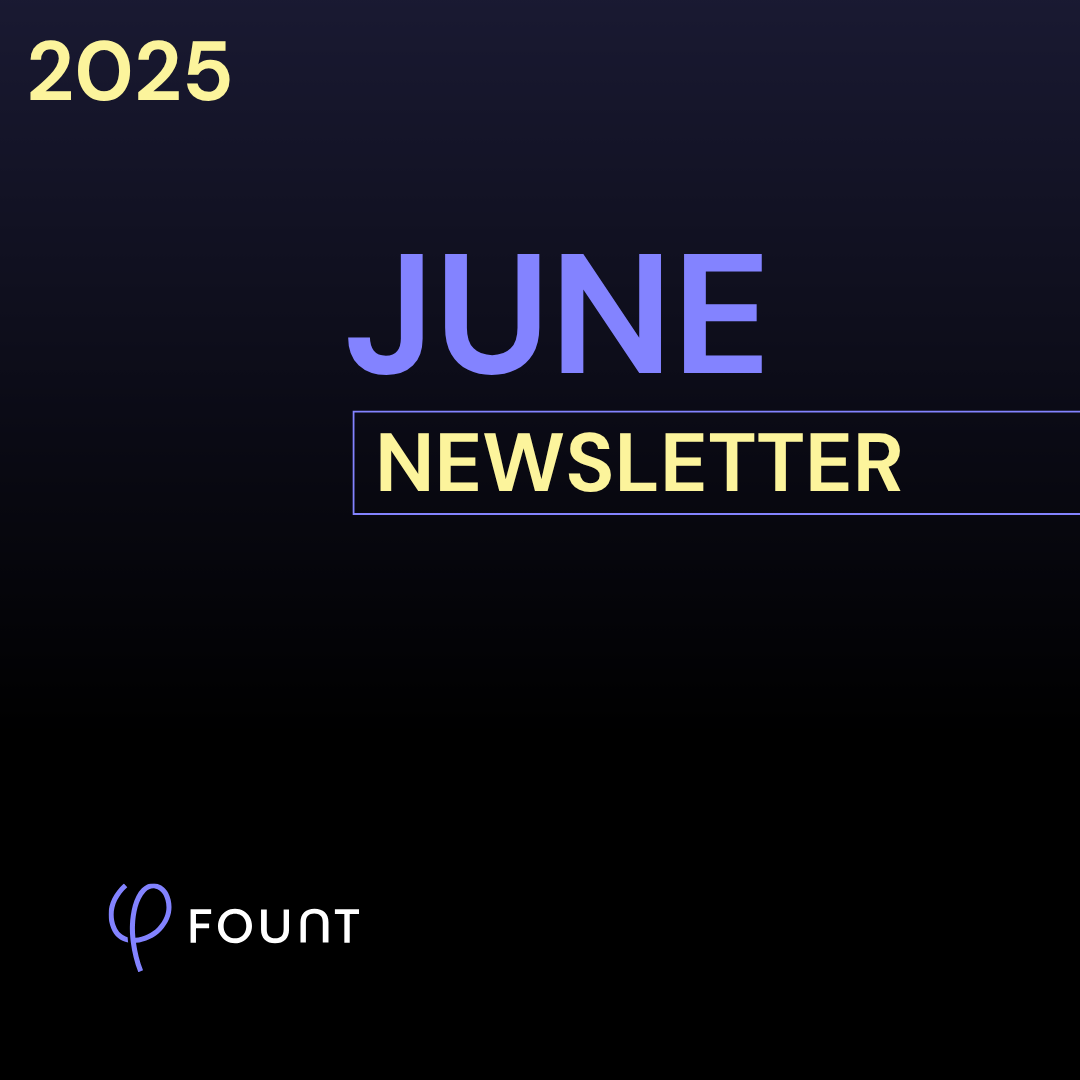
FOUNT News
June Newsletter: Friction is Killing Your AI ROI.

Insights
Breaking the False Tradeoff in GBS: Efficiency vs. Experience

Events
LIVE Webinar – July 9th for SSON Network. Beyond AI Hype: How to De-Risk Your GBS Transformation with Friction Data

Insights
To Create New Value, GBS Leaders Need Different Data
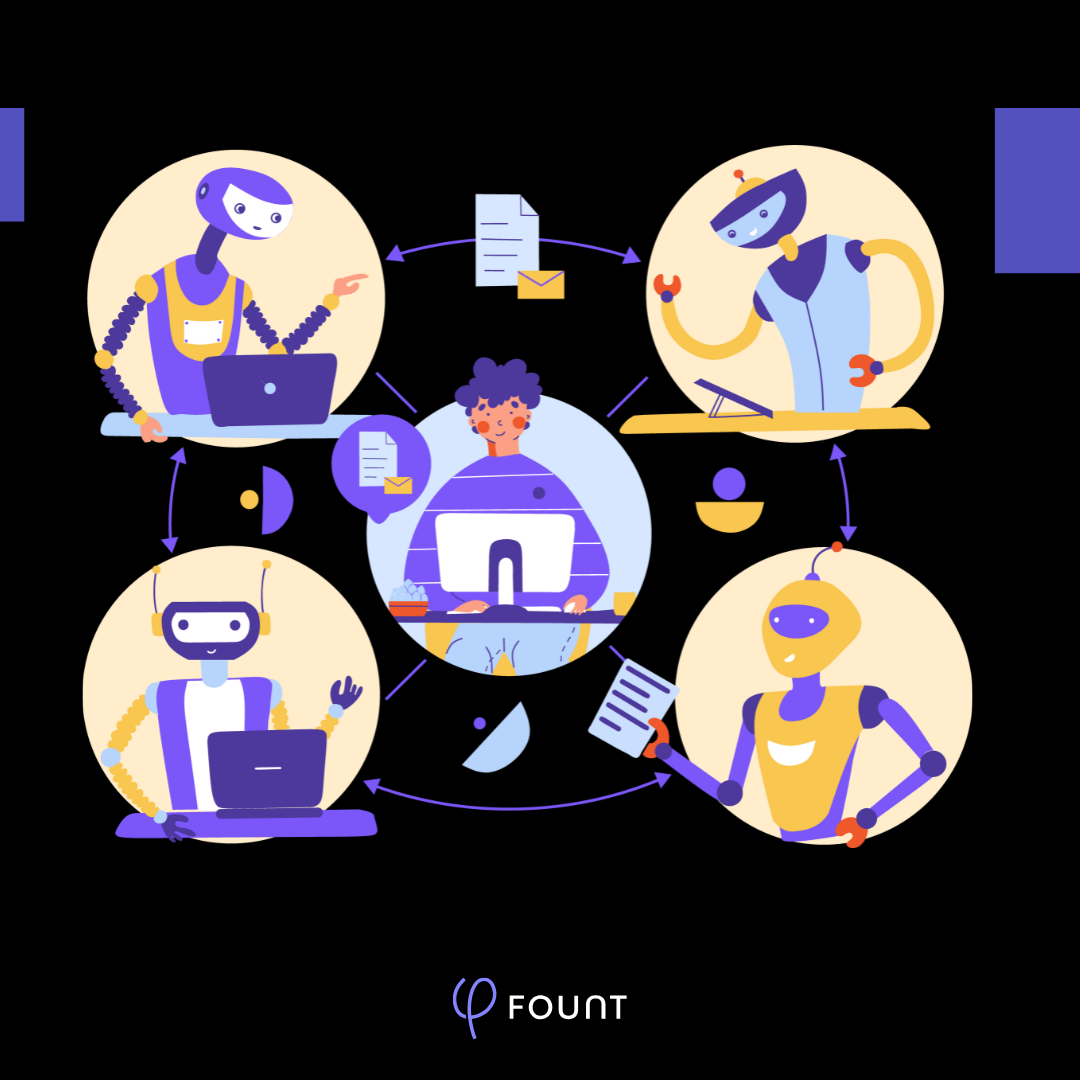
Insights
How to Keep Up with the Latest AI Developments
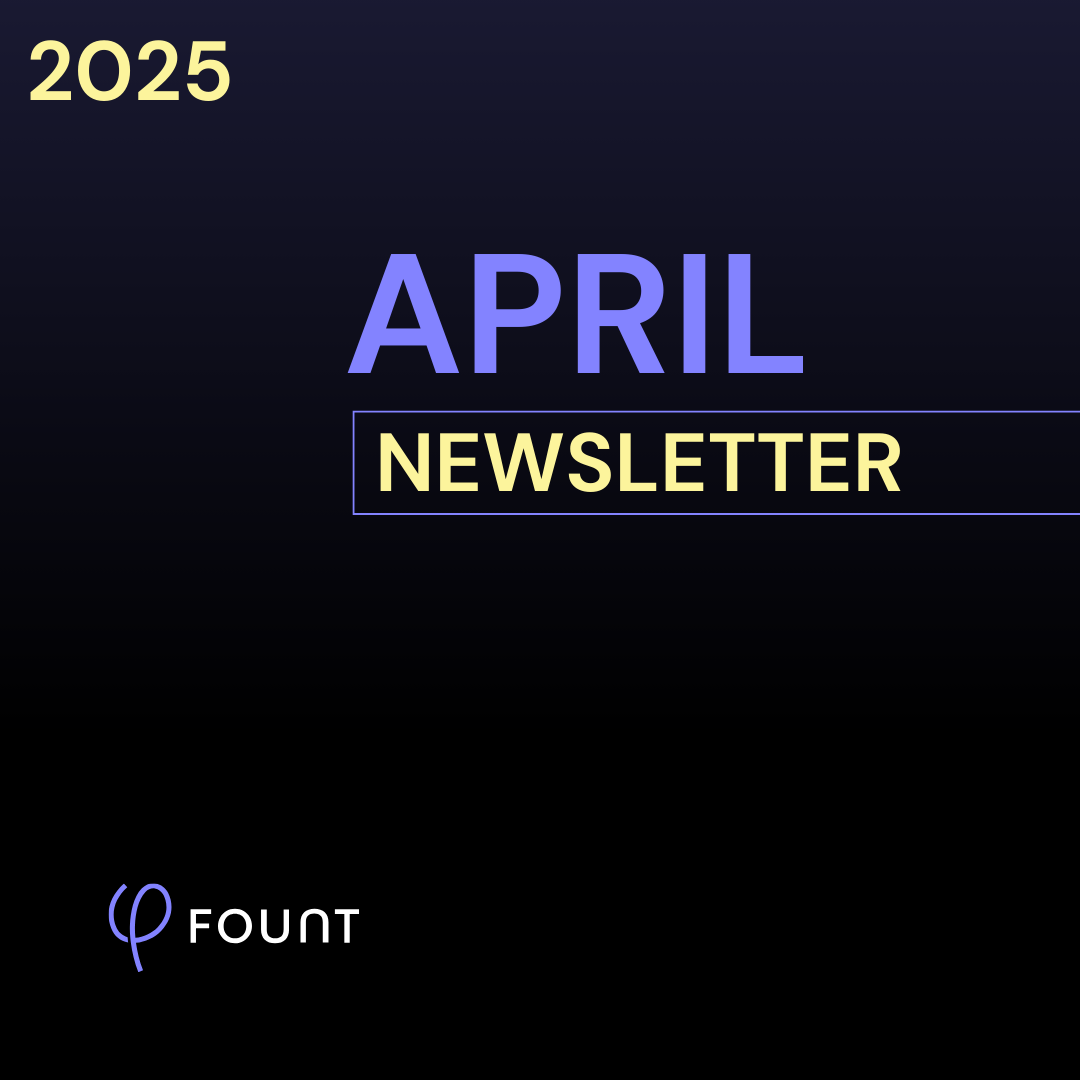
Insights
APRIL Newsletter. Friction: You Can’t Improve What You Can’t See
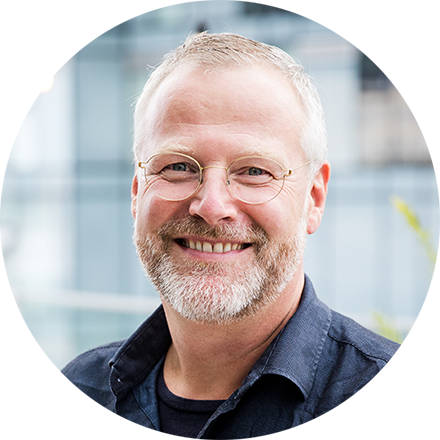
Guest Post
AI is Reshaping the HR Operating Model: Here’s What 15 Leading Companies Discovered
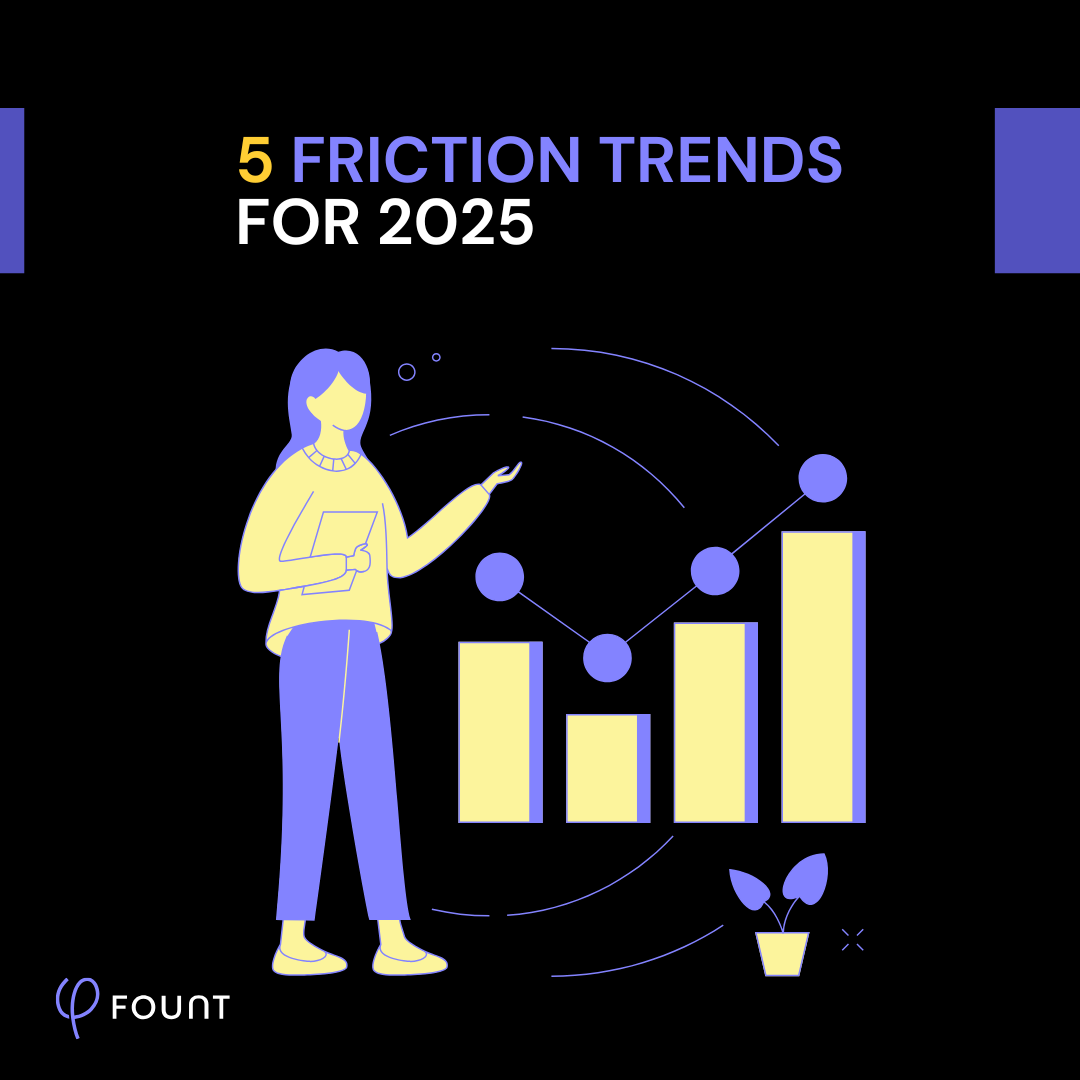
Insights
5 Friction Trends for 2025
